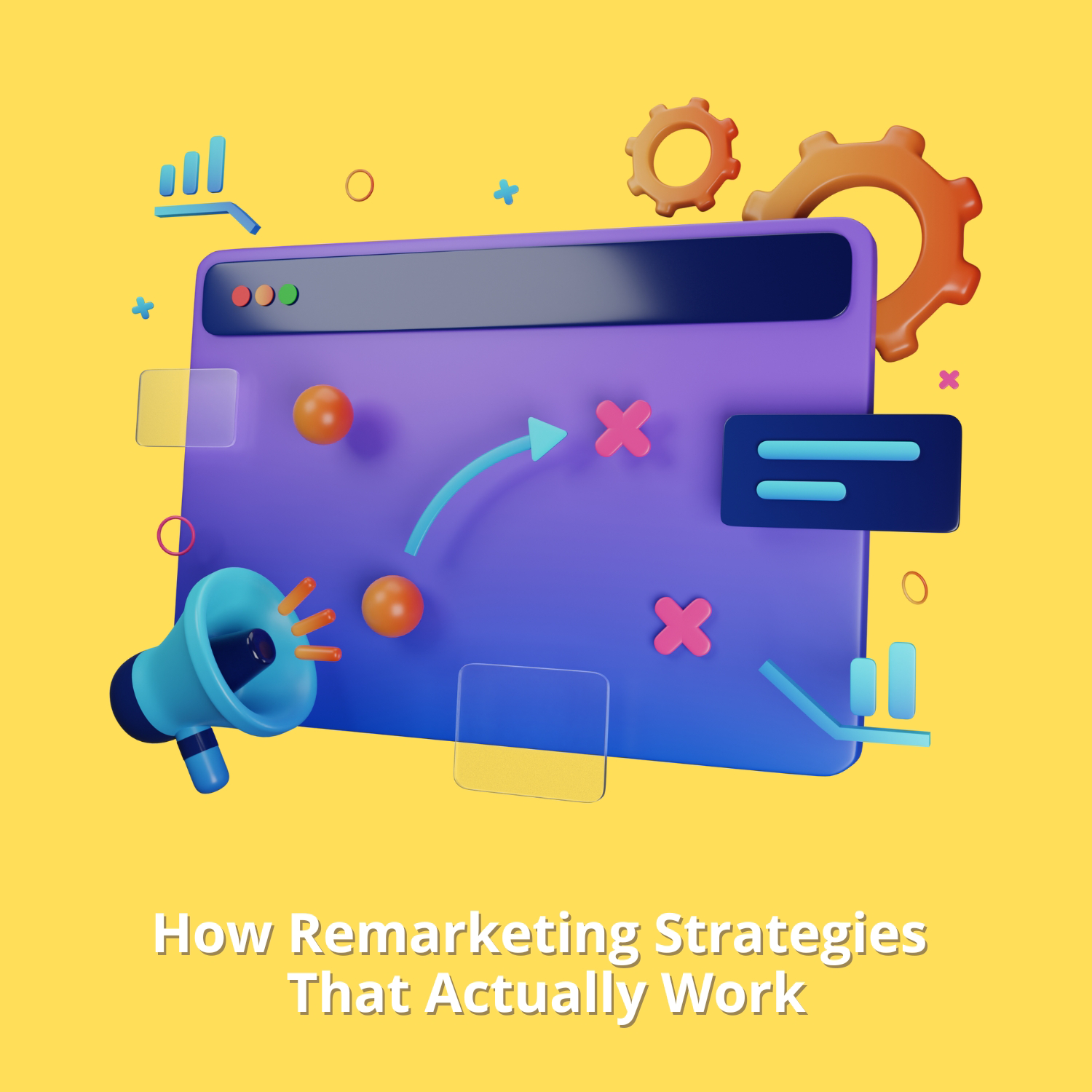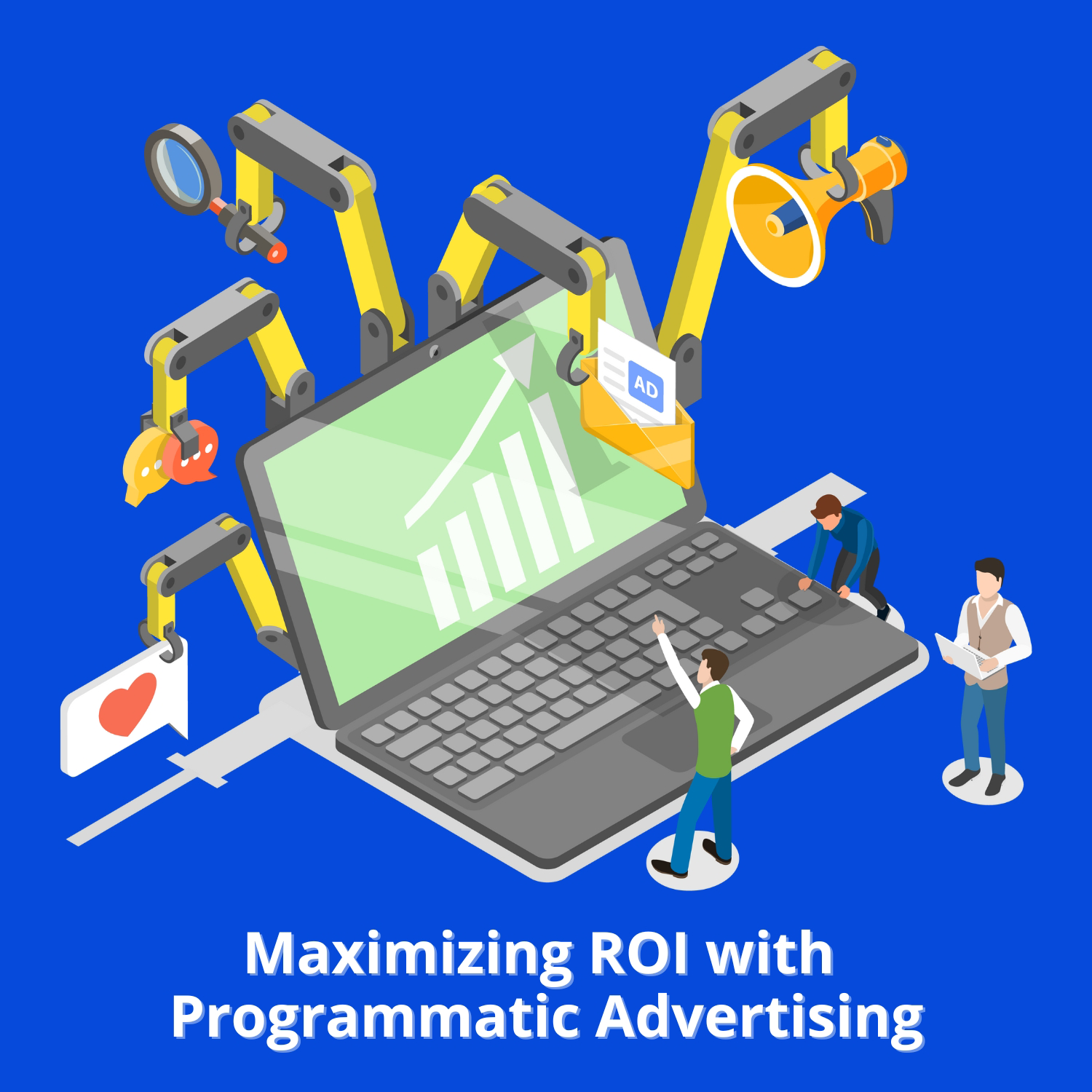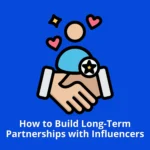Measuring ROI in Influencer Marketing Campaigns
Influencer marketing has become one of the most effective strategies for brands to connect with their audience. By partnering with influencers who have large and engaged followings, brands can increase awareness, drive sales, and build trust with potential customers. However, just like any other marketing strategy, it is crucial to measure the success of your influencer campaigns to ensure you’re getting a solid return on investment (ROI).
But how do you measure ROI in influencer marketing? In this blog post, we will explore the key metrics and strategies for calculating ROI in your influencer campaigns. We’ll also provide you with practical tips for optimizing your campaigns to ensure you get the best possible results.
What is ROI in Influencer Marketing?
ROI, or Return on Investment, is a key performance indicator that helps brands determine the effectiveness of their marketing efforts. It’s calculated by comparing the revenue generated from a campaign to the cost of running that campaign. In the context of influencer marketing, ROI refers to the value a brand gains from partnering with influencers relative to the resources invested in the campaign.
Measuring ROI is essential to assess whether your influencer marketing efforts are delivering tangible results. While ROI is often associated with direct sales, it can also be measured through other metrics such as brand awareness, engagement, website traffic, and customer loyalty.
Why Measuring ROI in Influencer Marketing is Crucial
In influencer marketing, as in any other marketing strategy, understanding ROI helps you make informed decisions about where to allocate your budget. Without proper measurement, it’s easy to waste resources on ineffective campaigns or miss out on opportunities for improvement. Measuring ROI gives you a clear understanding of what’s working and what isn’t, allowing you to optimize your strategy and improve your overall performance.
Additionally, tracking ROI allows you to justify your influencer marketing investments to stakeholders, whether you’re pitching to a client, reporting to management, or securing future marketing budgets. By showing the measurable impact of influencer collaborations, you can build trust and credibility for your marketing efforts.
Key Metrics to Measure ROI in Influencer Marketing
To measure ROI effectively, you need to track a range of metrics that give you insight into the different aspects of your influencer marketing campaign. Here are some of the most important metrics to consider:
1. Engagement Rates
Engagement rate is one of the most important indicators of the success of an influencer marketing campaign. It measures how actively your audience is interacting with the content that influencers share. Engagement includes likes, shares, comments, and any other form of interaction that indicates the level of interest in your campaign.
The engagement rate can be calculated by dividing the total number of engagements (likes, comments, shares) by the total number of followers and multiplying by 100. A higher engagement rate usually indicates that the influencer’s audience is actively interested in the content, which is a positive indicator of a successful campaign.
2. Reach and Impressions
Reach refers to the total number of unique individuals who see your campaign content, while impressions refer to the number of times your content is displayed, regardless of whether it’s clicked or not. These metrics are crucial for measuring brand awareness and exposure.
In influencer marketing, reach and impressions are important because they show how many people were exposed to your brand through the influencer’s network. For example, if an influencer has 100,000 followers, but only 10% of them engage with the content, the reach is still significant because 100,000 people were introduced to your brand.
3. Website Traffic
Website traffic is another valuable metric for measuring the success of your influencer marketing campaign. By tracking how many visitors come to your website from influencer posts, you can gauge the effectiveness of the influencer’s promotion in driving potential customers to your site.
You can use tracking links or UTM parameters to monitor the traffic coming from influencer campaigns. If the influencer is using a specific hashtag or link to your website, you can directly trace the amount of traffic generated by their posts.
4. Conversion Rate
The conversion rate measures how many visitors from your influencer campaign actually complete a desired action, such as making a purchase, signing up for a newsletter, or downloading a resource. A high conversion rate indicates that your influencer campaign is not only driving traffic but also generating valuable outcomes for your business.
To calculate the conversion rate, divide the total number of conversions (e.g., purchases, sign-ups) by the total number of visitors from the influencer campaign, then multiply by 100.
5. Sales and Revenue
For many brands, the ultimate goal of influencer marketing is to increase sales. Measuring sales generated directly from an influencer campaign is one of the most straightforward ways to calculate ROI. You can track this through affiliate links, promo codes, or by asking customers where they heard about your brand during the purchase process.
If your influencer campaign results in a significant increase in sales, then you can confidently claim that your ROI is positive. However, it’s important to note that influencer campaigns can also have indirect effects on sales, like brand awareness or customer loyalty, which are harder to quantify.
6. Customer Acquisition Cost (CAC)
Customer Acquisition Cost (CAC) is a metric that helps you understand how much it costs to acquire a customer through your influencer marketing efforts. To calculate CAC, divide the total cost of your influencer campaign by the number of new customers acquired.
For example, if you spent $10,000 on an influencer campaign and gained 500 new customers, your CAC would be $20. Lowering CAC while increasing customer acquisition is a sign of a highly effective influencer marketing strategy.
7. Lifetime Value (LTV) of a Customer
Lifetime Value (LTV) refers to the total revenue a customer is expected to generate over their entire relationship with your brand. While this metric takes longer to calculate, it’s a crucial factor in measuring ROI over the long term.
Influencer marketing often drives long-term relationships with customers, which can increase the overall LTV. By understanding the LTV of customers acquired through influencers, you can better assess the long-term value of your influencer marketing campaigns.
How to Calculate ROI in Influencer Marketing
Now that we’ve covered the key metrics to track, let’s take a look at how to calculate ROI in influencer marketing campaigns. The formula for ROI is:
ROI = (Revenue Generated - Cost of Campaign) / Cost of Campaign x 100
Let’s break this down:
– **Revenue Generated**: The total revenue generated from the influencer campaign, including direct sales and long-term revenue from repeat customers.
– **Cost of Campaign**: The total cost associated with the influencer campaign, including fees paid to influencers, product costs, platform ads, and other associated costs.
If the result is a positive percentage, your campaign has provided a return on investment. If the result is negative or low, you may need to reevaluate your influencer partnerships or campaign strategy.
Challenges in Measuring ROI in Influencer Marketing
While measuring ROI in influencer marketing can provide valuable insights, it also comes with challenges:
1. Attribution Issues
Attributing the exact source of sales or leads can be difficult, especially if the consumer is exposed to your brand through multiple touchpoints. For instance, an influencer might spark interest in your brand, but the consumer might later make a purchase after seeing a retargeting ad. This complicates the process of pinpointing the influencer’s exact impact.
2. Influencer Fraud
Unfortunately, not all influencers have authentic followings. Some may inflate their follower count or engagement rates to appear more effective than they are. This can lead to inaccurate data and skewed ROI calculations. It’s crucial to carefully vet influencers and use tools to check the authenticity of their followers.
3. Long-Term Impact
Influencer marketing doesn’t always deliver immediate results. Sometimes, the effects of an influencer partnership are seen over a longer period of time, especially in terms of brand awareness and customer loyalty. This makes it difficult to measure ROI on a short-term basis.
Best Practices for Improving ROI in Influencer Marketing
To maximize the ROI from your influencer marketing campaigns, consider these best practices:
- Choose the Right Influencers: Ensure that your influencer aligns with your brand’s values and speaks to your target audience. A well-chosen influencer is more likely to drive higher engagement and sales.
- Track UTM Parameters: Use UTM links to track where your traffic is coming from and which influencers are driving the most conversions.
- Set Clear Objectives: Define clear goals for your influencer campaign, whether it’s brand awareness, sales, or engagement. This helps you measure success accurately.
- Leverage Multiple Platforms: Utilize various social media platforms to expand the reach of your influencer campaigns. Each platform has its unique audience and advantages.
- Measure Continuously: Continuously track and adjust your campaigns to optimize performance and ROI.
Conclusion
Measuring ROI in influencer marketing can be challenging, but with the right metrics, tools, and strategies, you can gain valuable insights into the effectiveness of your campaigns. By tracking engagement, reach, conversions, and sales, and by calculating the ROI formula, you can understand the impact of your influencer partnerships and optimize your marketing strategy accordingly.











